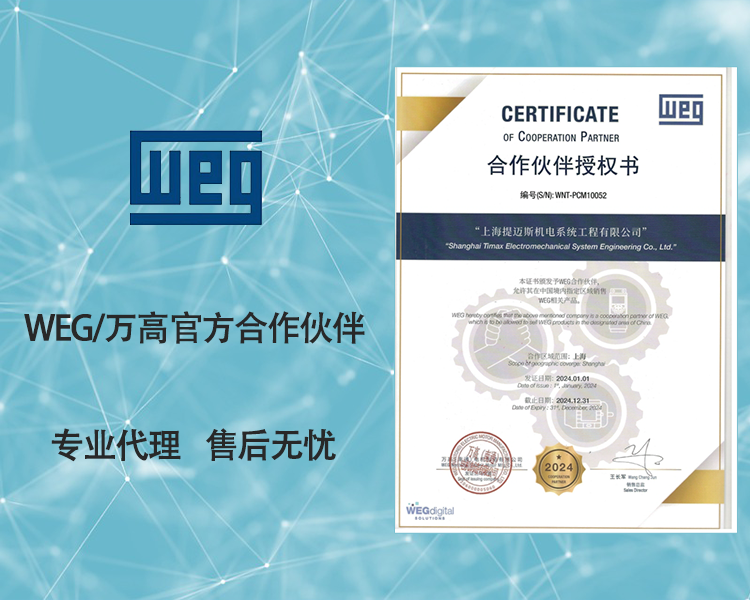The latest version of the mandatory national standard GB 18613-2020 "Energy Efficiency Limits and Energy Efficiency Grades for Electric Motors"
The latest version of the mandatory national standard GB 18613-2020 "Energy Efficiency Limits and Energy Efficiency Grades for Electric Motors" was released in May 2020 and officially implemented on June 1, 2021. GB 18613-2020 has listed IE5 efficiency as the highest primary energy efficiency level indicator for three-phase asynchronous motors in China.
The new national standard also stipulates that from the implementation date of the standard, the IE3 efficiency will become the lowest energy efficiency limit (Level 3 energy efficiency) for three-phase asynchronous motors in China. Three phase asynchronous motors below the IE3 energy efficiency limit will not be allowed to be produced or sold again, indicating that the efficiency level of China's small and medium-sized three-phase asynchronous motors has been further improved by one level. At the same time, IE4 efficiency is also listed as a secondary energy-saving evaluation value indicator.
After the implementation of the new national standard GB 18613-2020, the corresponding energy efficiency levels for motor energy efficiency labeling are as follows:
Before June 1st, 2021 | |
Energy efficiency level | Corresponding motor energy efficiency limit level |
First level energy efficiency | IE4 |
Secondary energy efficiency | IE3 |
Third level energy efficiency | IE2 |
After June 1st, 2021 | |
First level energy efficiency | IE5 |
Secondary energy efficiency | IE4 |
Third level energy efficiency | IE3 |
Why switch to the IE3 standard?
In the industrial field, electric motors consume about 75% of industrial electricity, so improving the energy efficiency standards of industrial motors has become one of the key measures for energy conservation and emission reduction in various countries. IE3 energy efficiency motors can increase energy efficiency by 4% compared to ordinary motors.
IE3 energy efficiency motors can increase energy efficiency by 4% compared to ordinary motors. Although 4% may not seem like much, if we take a motor with a power of 7.5kW as an example, its annual power consumption is about 20000 kilowatt hours. After improving the energy efficiency of the motor by 4%, it can save 800 kilowatt hours of electricity in one year. Calculated at a price of 1 yuan, an IE3 motor can save 800 yuan in electricity bills in one year!
For GB18613-2012, the new version of the standard has removed the target energy efficiency limit value and energy-saving evaluation value of electric motors, increased the requirements for the energy efficiency limit value of three-phase asynchronous motors, and added the energy efficiency level of 8-pole three-phase asynchronous motors; For GB25958-2010, the new standard has increased the energy efficiency requirements for capacitor starting, capacitor operation, and dual value capacitor asynchronous motors, removed the energy efficiency requirements for room air conditioner fan motors, added the energy efficiency requirements for capacitor operation motors for air conditioner fans and brushless DC motors for air conditioner fans, removed the 120W energy efficiency level requirements for single-phase and three-phase low-power motors, and removed the technical requirements for target limit values and energy-saving evaluation values for low-power motors.
The impact of the implementation of the new motor energy efficiency standards
The impact on motor companies
As for electric motor companies, starting from June 1, 2021, motors that do not meet the IE3 energy efficiency limit are not allowed to be produced or sold, and user units are not allowed to purchase. Therefore, motor companies need to make sufficient preparations for the production and sales of IE3 and above energy-efficient motors from various aspects such as technology, equipment, process, materials, and sales. At present, the preparation work for producing IE3 and above energy-efficient motors varies greatly among different motor companies: the main backbone enterprises have the ability to design and produce IE3 and even IE4 motors, but there is still a gap in equipment and production management compared to mass production of IE3 and above energy-efficient motors; Most small and medium-sized enterprises face difficulties in designing IE3 energy-efficient motors themselves, and their technology and equipment level even make it difficult to produce IE3 energy-efficient motors in small batches. It is very difficult for the market to fully accept motors with sales prices higher than IE2 energy efficiency, so the preparation time of less than a year is very tight.
The impact on the motor industry
Compared to IE2, the cost of IE3 increases by about 20%; Compared to IE3, the cost of IE4 has also increased significantly. Therefore, motor companies need to tap into the potential from various aspects such as design and technology, while achieving the required energy efficiency indicators, in order to reduce costs; As far as I know, many motor companies are implementing intelligent manufacturing, which enables motor products to achieve high consistency. Therefore, it is necessary to improve the design level of motor products and not leave too much design margin. In addition, existing motor products can have better improvements in technology (such as machining accuracy), equipment, and other aspects.
Impact on the country
At the national level, the main issue at present is whether the country can take strong measures to forcibly phase out IE2, otherwise the technological advantages of IE3 will be difficult to truly reflect. In addition, relevant departments should vigorously strengthen the management of energy efficiency labeling, increase efforts to crack down on energy efficiency false labeling, and avoid the situation where IE2 motors are registered as IE3 motors.
In order to encourage the rapid promotion and implementation of IE3, while providing preferential policies and subsidies to enterprises producing and using IE4 and IE5 motors, the country should also continue to increase the incentive policies for enterprises producing and using IE3 motors, cultivate the market, and enable IE2 motors to be phased out as soon as possible.

